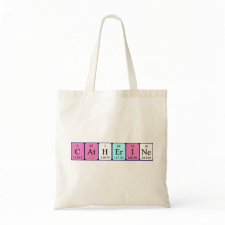
Authors: Florea AM, Iordache TV, Branger C, Ghiurea M, Avramescu S, Hubca G, Sārbu A
Article Title: An innovative approach to prepare hypericin molecularly imprinted pearls using a "phyto-template".
Publication date: 2016
Journal: Talanta
Volume: 148
Page numbers: 37-45.
DOI: 10.1016/j.talanta.2015.10.061
Alternative URL: http://www.sciencedirect.com/science/article/pii/S0039914015304276
Abstract: In this paper, an innovative method that uses hypericin "phyto-template" molecules is being applied herein for the first time to produce molecularly imprinted polymer (MIP) pearls able to selectively retain hypericin from Hypericum Perforatum L primary extracts. For this purpose, the wet phase inversion method was preferred for preparing the hypericin-MIP pearls for several reasons referring to economical benefits but also due to the fact that hypericin "phyto-template" molecules can be generated along with the phase inversion of the copolymer. Practically, the precursor poly(acrylonitrile-co-methacrylic acid) solution was mixed with a purified and concentrated naphtodianthrone phyto-extract (consisting only of hypericin and pseudo-hypericin). In the subsequent phase inversion step hypericin was trapped in the copolymer droplets, as a result to its poor solubility in the inversion water bath, and further served as "phyto-template" in the imprinting step. This in situ repartition of hypericin and pseudo-hypericin was sustained by HPLC-DAD chromatograms which recorded only the presence of hypericin during the extraction stage of imprinted pearls. Batch rebinding measurements, all together, validated the efficiency of this innovative imprinting procedure. The hypericin rebinding of imprinted pearls was quantitative (up to 318 μg/L) and approximately 5 times more specific relative to the blank pearls. Competitive re-binding revealed a more selective behaviour of imprinted pearls for hypericin when the up-take was measured against pseudohypericin (selectivity coefficient above 4.50)
Template and target information: hypericin
Author keywords: Phyto-template, Hypericin, Molecularly imprinted polymers, Wet phase inversion, Hypericum Perforatum extract, separation



Join the Society for Molecular Imprinting

New items RSS feed
Sign-up for e-mail updates:
Choose between receiving an occasional newsletter or more frequent e-mail alerts.
Click here to go to the sign-up page.
Is your name elemental or peptidic? Enter your name and find out by clicking either of the buttons below!
Other products you may like:
 MIPdatabase
MIPdatabase









